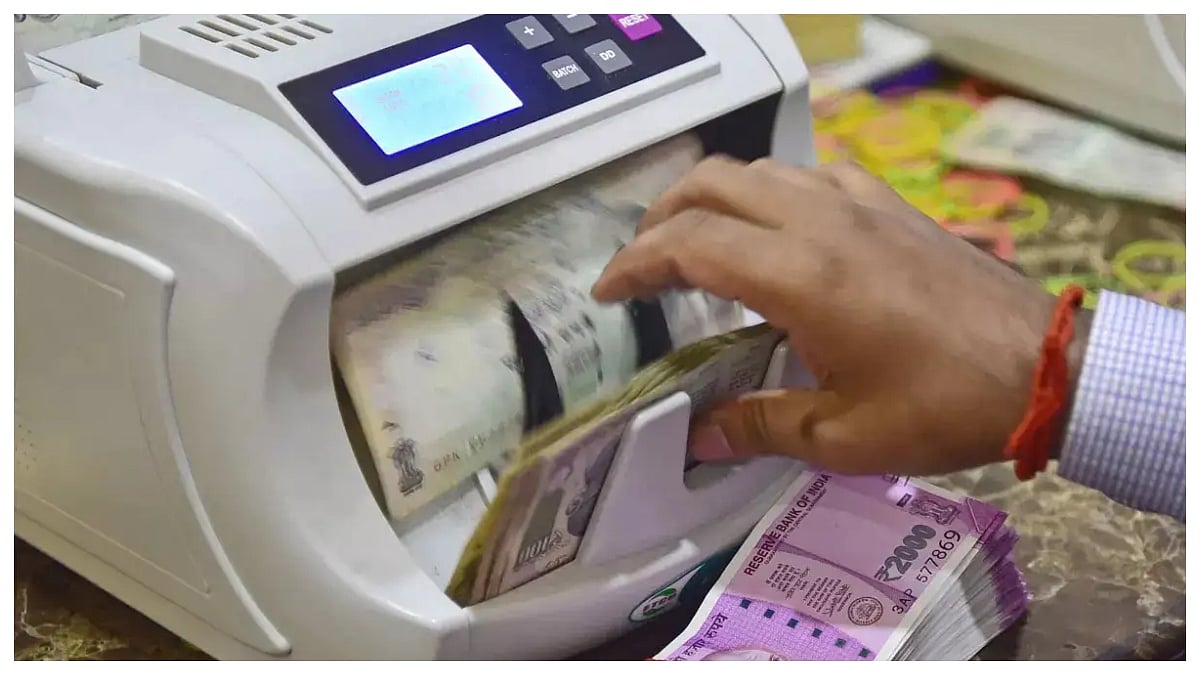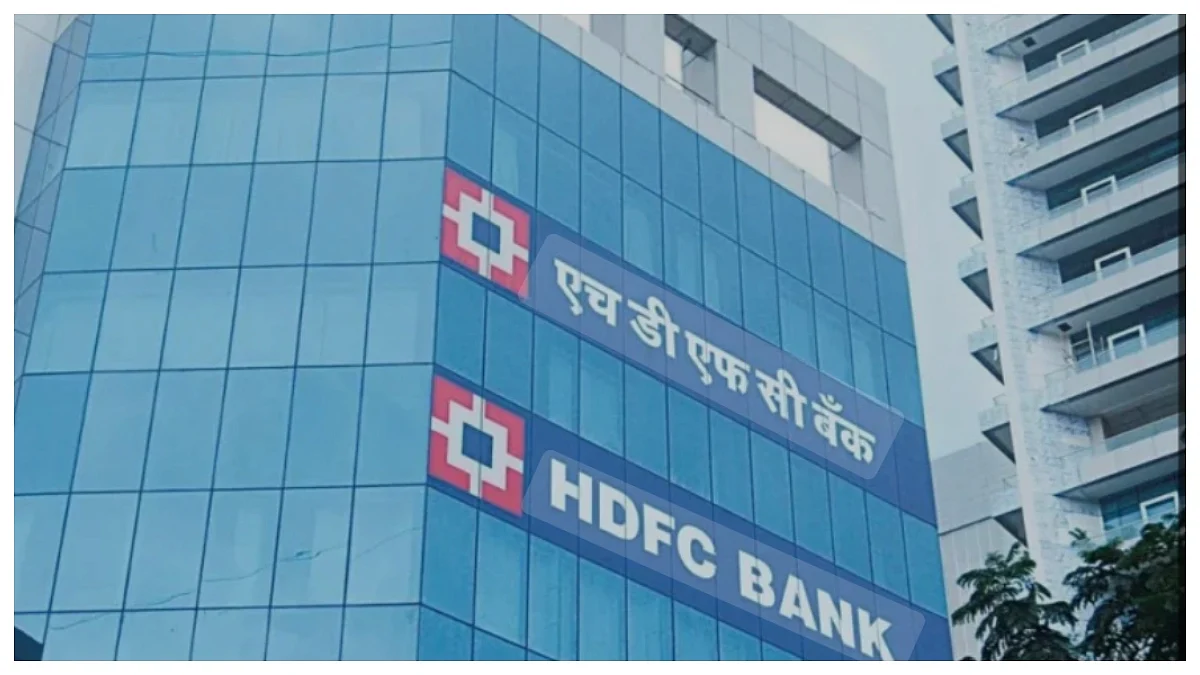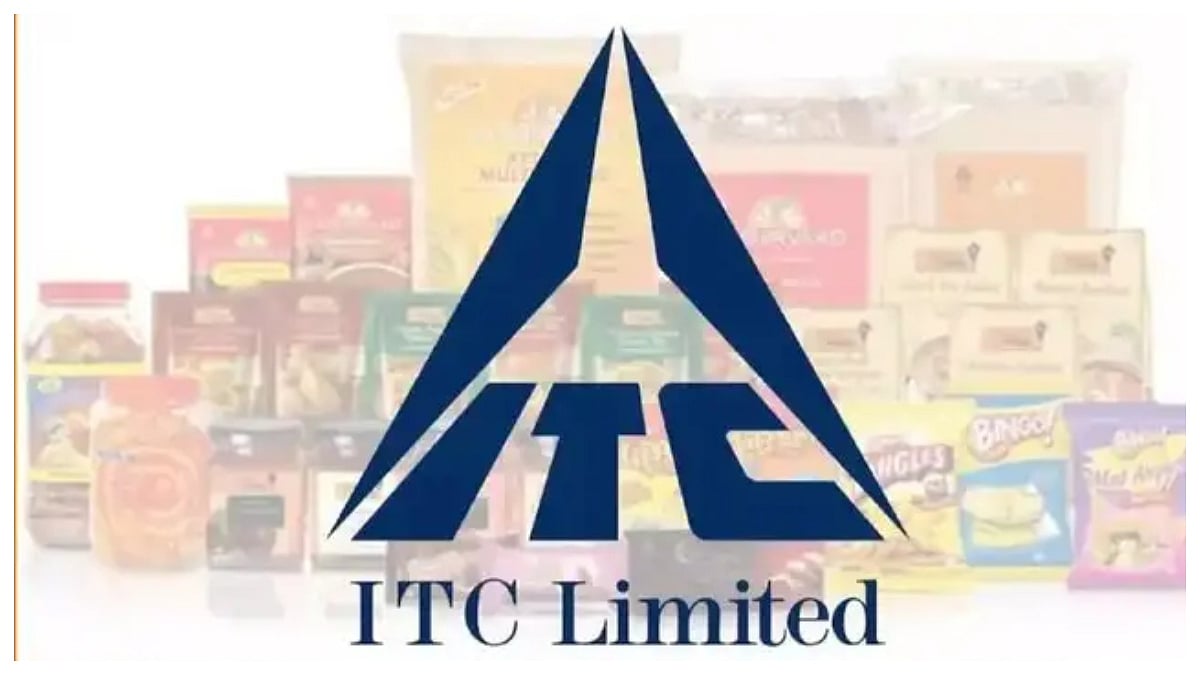In Q1FY26, large and mid-sized private banks reported a sharp hike in slippages or bad loans and provisions. This was due to the stress caused by agriculture loans and unsecured small-ticket loans.
In Q1FY26, Axis Bank's fresh slippages or bad loans hiked 71 percent sequentially to Rs 8,200 crore. In the reporting quarter, from Rs 2,790 crore, upgrades and recoveries fell to Rs 2,147 crore. Write-offs were lower sequentially at Rs 2,778 crore. In Q1FY26, loan loss provisions rose to Rs 3,900 crore from Rs 1,369 crore last quarter.

According to the lender, reported asset quality parameters were impacted due to the "prudent application" of technical parameters for recognising slippages and consequent upgrades.
The lender also stated that "technical impact" is largely restricted to cash credit and overdraft products and one-time settled accounts. " Apart from the technical change, if one compares the current quarter with the previous quarter, there is an unusual impact coming from agriculture NPA's," says Axis Bank's MD, CEO Amitabh Chaudhary.
HDFC Bank’s asset quality showed some deterioration, with fresh slippages rising to ₹9,000 crore in Q1 from ₹7,500 crore last quarter. The bank’s CEO, Srinivasan Vaidyanathan, said slippages came from the agriculture sector mainly, but did not elaborate on other loans that slipped into the non-performing asset (NPA) category.
HDFC Bank said it is a prudent time to create floating provisions of Rs 9,000 crore and additional contingent provisions of Rs 1,700 crore in Q1. HDFC Bank had made gains of Rs 9,130 crore from the stake sale in HDB Financial Services' IPO.
In Q1, ICICI Bank's fresh slippages rose to Rs 6,245 crore from last quarter's Rs 5,142 crore. Retail and rural loans, including NPAs from the Kisan credit card portfolio, accounted for Rs 5,193 crore of fresh slippages in Q1.











